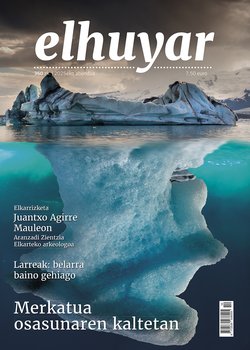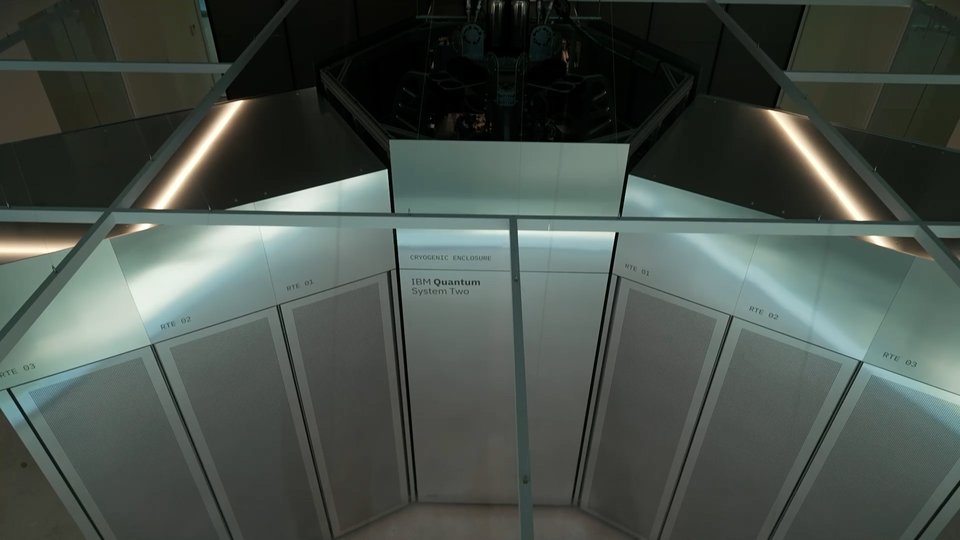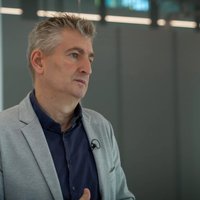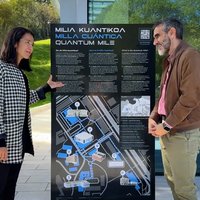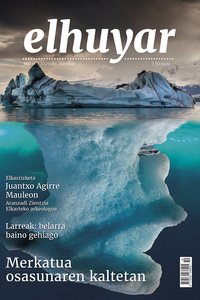Young, Thomas
(1773-1829)
English physician, scientist, archaeologist and physicist joined the world in 1773 in Milverton. He was a very intelligent child and without anyone showing it, he could read at the age of two. He was still young when he was able to speak Greek, Latin, French, Italian, Persian and Arabic.
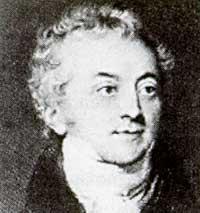
He studied medicine in Edinburgh with Black as a professor. He travelled to Germany to complete his studies and earned a doctorate from the University of Gottingen in 1796. In 1799 he settled in London and opened a medical consultation. Between 1801 and 1803 he gave numerous lectures at the newly created Royal Institution of Rumford and in 1802 he was secretary of the "Royal Society", who dealt with foreign relations.
When he was a student, he studied the lens of the eye. In 1801 he discovered the origin of astigmatism, indicating that the asymmetric curvature of the cornea or the lack of homogeneity of the lens produced. Young Young came right.
After research on the eye, Young took care of the light. At that time there was intense debate among scientists about the nature of light. There were two great hypotheses. Newton's followers, on the one hand, believed that light was made up of particles and that each color had particles from a given forest. On the contrary, Huygens proclaimed that light was the waves of a fluid that occupied the space and Young was in the midst of that debate.
Young conducted a multitude of experiments to determine his hypothesis. Analyzing the interference of light postulated that orgy is a transverse wave system that expands into an elastic medium. This hypothesis did not achieve a good press in England, as it caused the total exclusion of the theory of hun Newton. Young obtained full support from French scientists and thanks to Fresel's studies it was possible to confirm the undulating nature of light.
After this debate, Young began to analyze the nature of colors. The three-color vision theory that Helmohltz announced half a century later originates from Young's experiments and we use the names of both to refer to it. In addition to mentioning it, we often use this theory, albeit unfortunately. One of the bases of television or color photography is the Helmohltz-Young theory.
In addition to the nature of light or colors, Young took care of other physical phenomena. He researched elasticity and today we use the Young module to analyze the behavior of elastic substances.
As we said earlier, Young had a total research facility. Apart from the problems of physics, he did Egyptian studies. In 1818 he published the most comprehensive research on Egypt to date, and he owes many of his findings.
A brilliant physician, scientist, archaeologist and physicist met death at his home in London in 1829.
Buletina
Bidali zure helbide elektronikoa eta jaso asteroko buletina zure sarrera-ontzian


